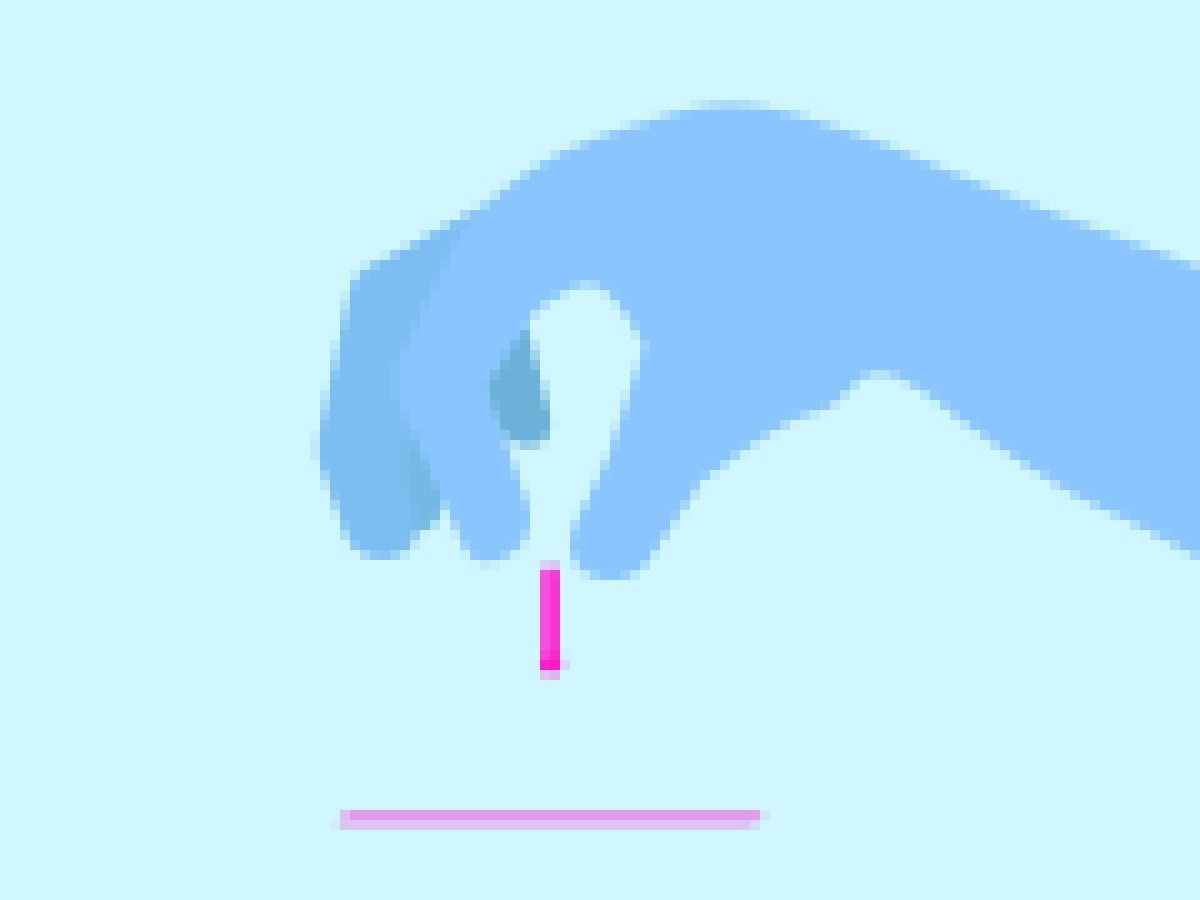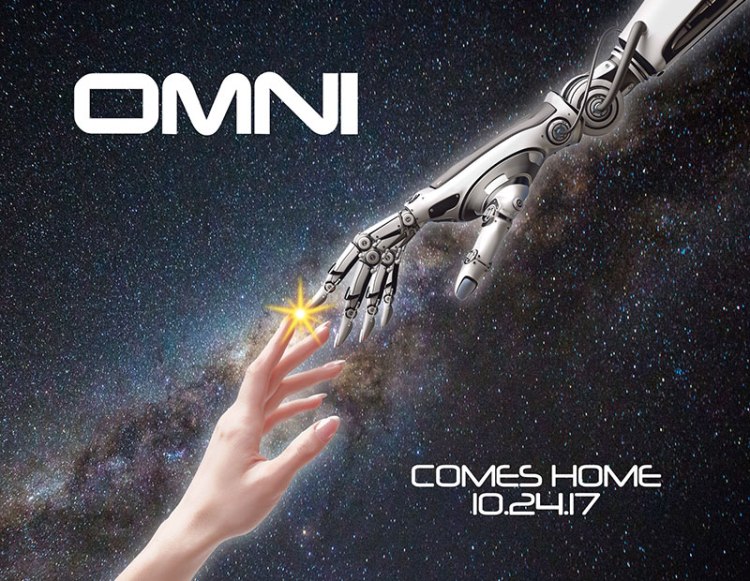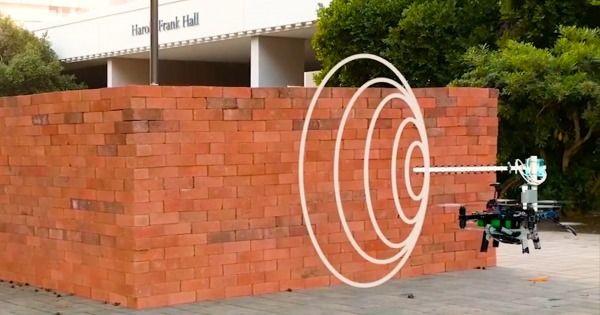DNA could be a robust storage system for data, but never before have researchers stored information in a live organism.


The wonder of your gut: Experts explain why a healthy digestive system can trigger weight loss, fight depression, and ward off Parkinson’s.
By Jasenka Zubcevic and Christopher Martynuik For The Conversation
Dr. Vita-More is an expert in the culture of emerging technology and humanity’s continued evolution.


Salk Institute. 4 genes.
A n end to grey hair and crows-feet could be just 10 years away after scientists showed it is possible to reverse ageing in animals.
Using a new technique which takes adult cells back to their embryonic form, US researchers at the Salk Institute in California, showed it was possible to reverse ageing in mice, allowing the animals to not only look younger, but live for 30 per cent longer.
The technique involves stimulating four genes which are particularly active during development in the womb. It was also found to work to turn the clock back on human skin cells in the lab, making them look and behave younger.
Humanity is about to change faster than we thought possible.
Artificial intelligence software could generate highly realistic fake videos of former president Barack Obama using existing audio and video clips of him, a new study [PDF] finds.
Such work could one day help generate digital models of a person for virtual reality or augmented reality applications, researchers say.
Computer scientists at the University of Washington previously revealed they could generate digital doppelgängers of anyone by analyzing images of them collected from the Internet, from celebrities such as Tom Hanks and Arnold Schwarzenegger to public figures such as George W. Bush and Barack Obama. Such work suggested it could one day be relatively easy to create such models of anybody, when there are untold numbers of digital photos of everyone on the Internet.

“For man to be able to live he must either not see the infinite, or… connect the finite with the infinite.” — Leo Tolstoy.
UW engineers have designed the first battery-free cellphone that can send and receive calls using only a few microwatts of power. Mark Stone/University of Washington.
University of Washington researchers have invented a cellphone that requires no batteries — a major leap forward in moving beyond chargers, cords and dying phones. Instead, the phone harvests the few microwatts of power it requires from either ambient radio signals or light.
The team also made Skype calls using its battery-free phone, demonstrating that the prototype made of commercial, off-the-shelf components can receive and transmit speech and communicate with a base station.